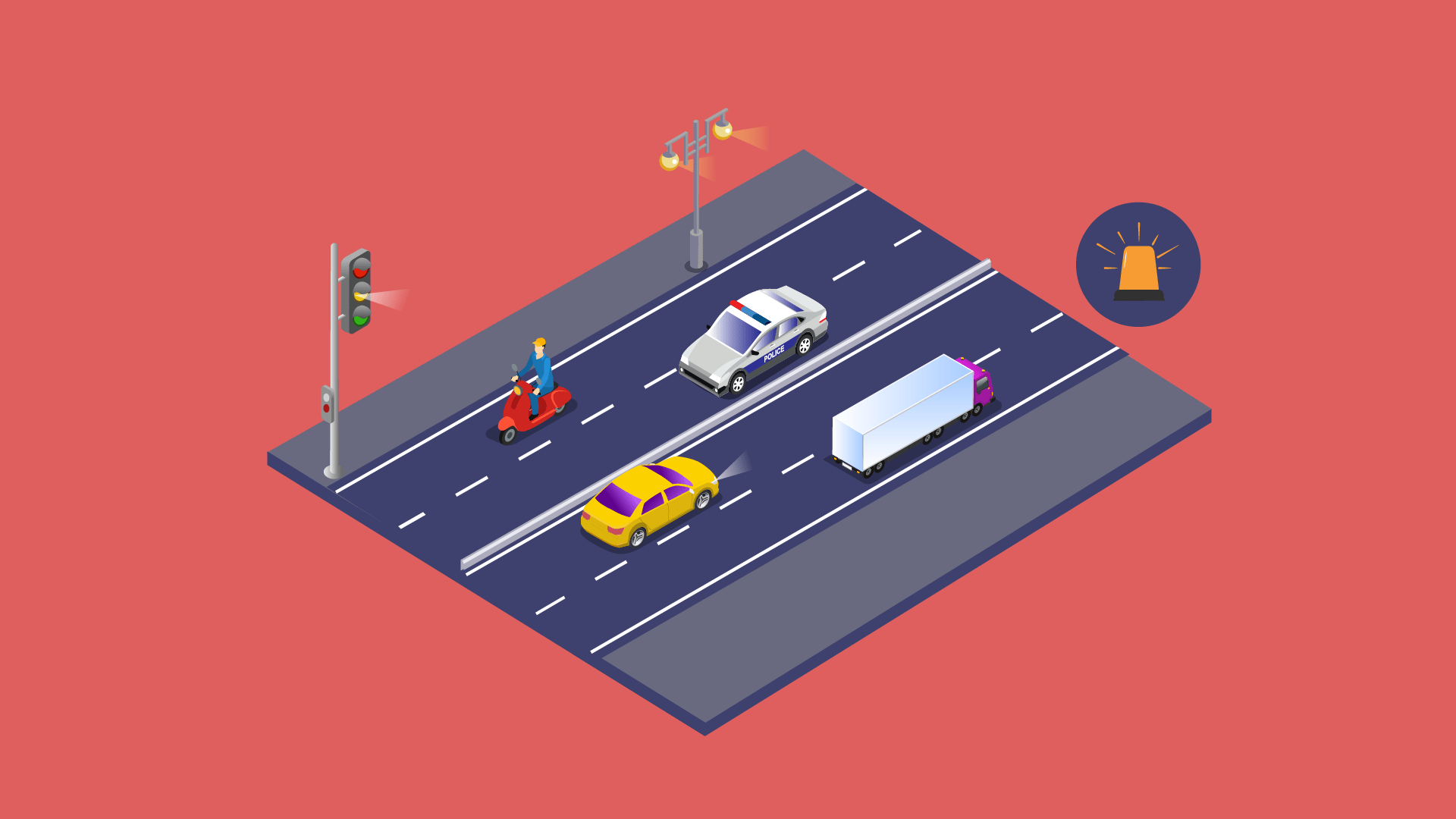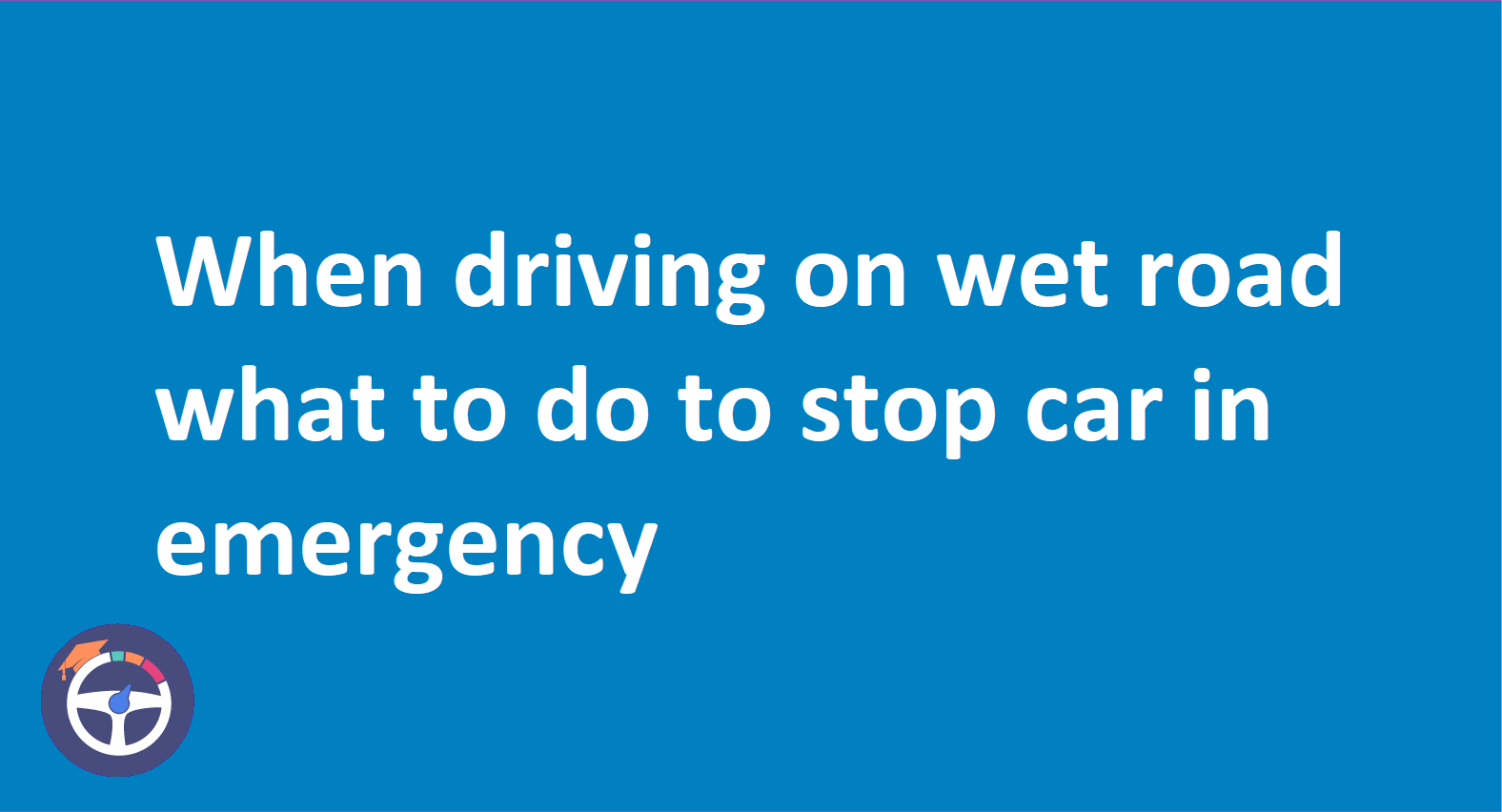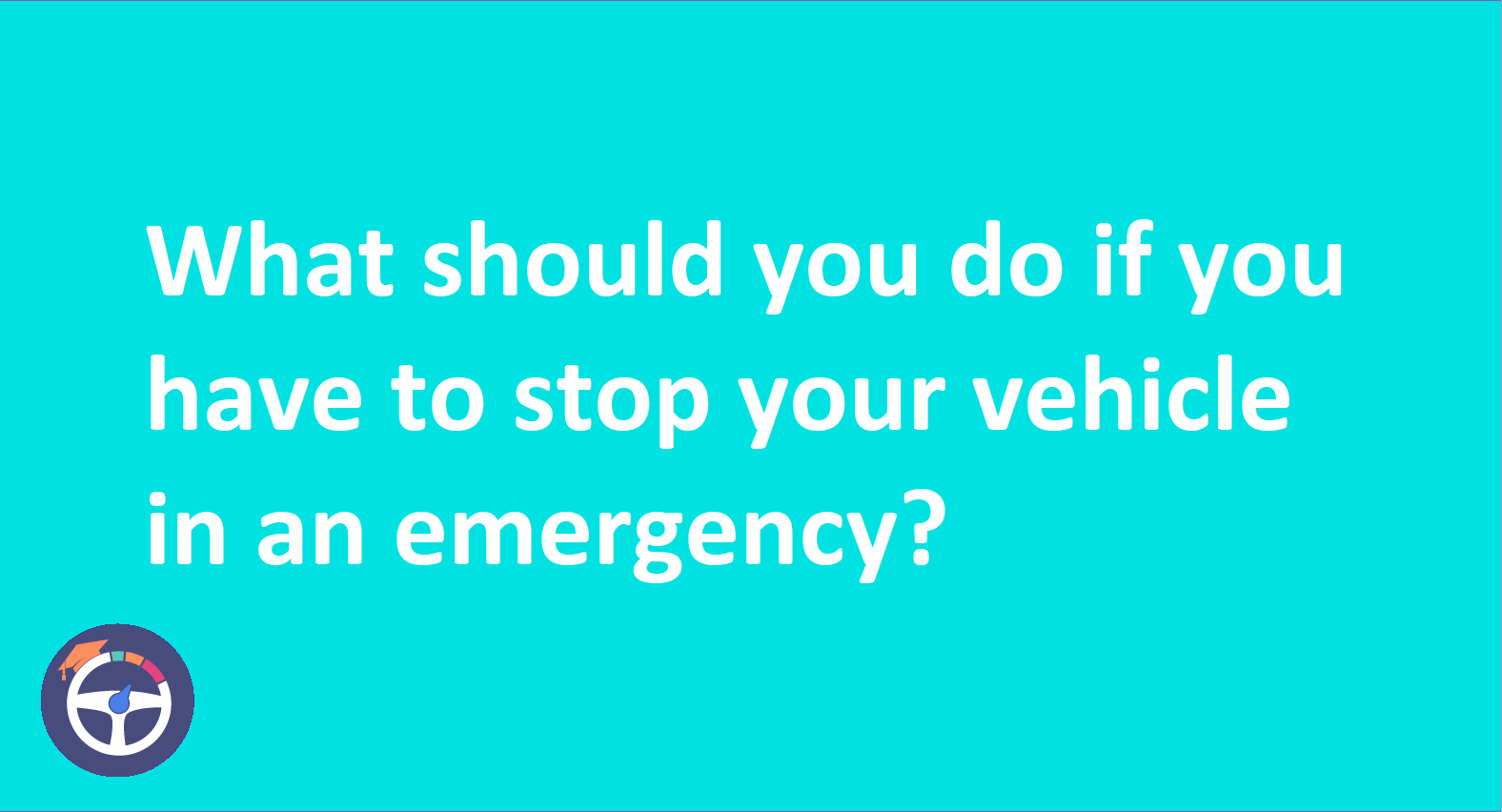Guide to amber flashing beacons on a dual carriageway.
An amber flashing beacon on a vehicle signals that it is either moving slowly or has come to a stop, presenting a potential hazard. When driving on a dual carriageway, it's important to keep a lookout ahead so you can notice and react to these vehicles in a timely manner.

Contents
- What Are These Strange Flashing Lights, And What Do They Mean?
- What Are Dual Carriageway Beacons?
- How Do Dual Carriageway Beacons Work?
- What Should New Drivers Do When They See Dual Carriageway Beacons?
- Tips For Driving Safely On Dual Carriageways At Night
- That’s A Wrap!
- FAQ
Driving on dual carriageways can be a daunting experience for new drivers, especially at night. The constant stream of headlights, the unfamiliar lane markings, and the looming presence of oncoming traffic can all be overwhelming. But one of the most confusing and potentially dangerous features of dual carriageways is the beacons.
What Are These Strange Flashing Lights, And What Do They Mean?
The strange flashing lights you see on dual carriageways are beacons designed to convey important information to drivers. These lights serve as indicators for various conditions such as lane closures, speed limits, or other potential hazards on the road. Understanding and obeying these signals is crucial for ensuring a safe and smooth driving experience on dual carriageways.
If you encounter these flashing lights, it's essential to pay close attention and adhere to the instructions they convey. This proactive approach will help you navigate the dual carriageway safely, promoting road safety for yourself and other drivers sharing the route.
What Are Dual Carriageway Beacons?
Dual carriageway beacons are amber-colored lights that are spaced at regular intervals along the central reservation of a dual carriageway. They are designed to:
- Warn drivers of the presence of the central reservation, especially at night or in poor weather conditions.
- Help drivers to maintain their lane position, especially when there is no other traffic around.
- Alert drivers to any hazards or obstructions on the road ahead.
How Do Dual Carriageway Beacons Work?
An amber flashing beacon on a dual carriageway typically flashes at a rate of one or two times per second. This makes them very noticeable to drivers, even from a distance. The flashing pattern can also be used to convey different messages to drivers, such as:
- A slow flashing pattern may indicate that there is a hazard ahead, such as a broken down vehicle or an accident.
- A rapid flashing pattern may be used to warn drivers of a lane closure or other obstruction.
What Should New Drivers Do When They See Dual Carriageway Beacons?
When you see dual carriageway beacons, it's important to remember the following:
1. Do not be alarmed
The beacons are there to help you, not to confuse you.
2. Slow down
The beacons may be warning you of a hazard ahead, so it's always best to err on the side of caution.
3. Maintain your lane position
The beacons can help you to see the lane markings, so make sure you stay within the lines.
4. Be aware of your surroundings
Just because you can see the beacons, it doesn't mean that other drivers can see you. Be extra cautious and watch out for other traffic.
Tips For Driving Safely On Dual Carriageways At Night
In addition to being aware of dual carriageway beacons, there are a few other things that new drivers can do to stay safe on these roads at night: Use your headlights! This will help you to see the road ahead and make sure that other drivers can see you.
1. Don't tailgate
Give yourself plenty of space between you and the car in front of you. This will give you time to react if something unexpected happens.
2. Be aware of the weather conditions
If it is raining or snowing, you will need to slow down and be extra cautious.
3. Avoid distractions
Don't use your phone or eat while you are driving. You need to focus on the road.
4. Use headlights
When driving on dual carriageways at night, always use your headlights. This will ensure clear visibility ahead and make yourself visible to other drivers.
5. Maintain a safe distance
Avoid tailgating and leave ample space between your vehicle and the one in front. This provides sufficient reaction time in case of unexpected events on the road.
REMEMBER
- If you are feeling overwhelmed, pull over to a safe place and take a break.
- If you are not sure how to use a particular feature of your car, consult your owner's manual or ask a qualified mechanic.
- Don't be afraid to ask for help from experienced drivers. They can offer valuable advice and support.
- With a little practice and patience, you will soon be driving confidently on dual carriageways, day or night.
That’s A Wrap!
The most important thing is to be aware of your surroundings and to drive defensively. If you are ever unsure about what to do, it is always best to err on the side of caution. We hope this guide has been helpful. If you have any questions, please feel free to leave a comment below. Happy driving!
FAQ
1. Why do dual carriageway beacons flash at different rates?
Dual carriageway beacons use varying flashing patterns to convey specific messages. A slow pattern may signal hazards, while a rapid one warns of lane closures.
2. Are dual carriageway beacons only active at night?
No, these beacons operate around the clock to provide continuous information to drivers. The information is about lane conditions, speed limits, and potential hazards.
3. How do I differentiate between a hazard warning and a lane closure signal from the beacons?
The flashing pattern is key. Slow flashes indicate hazards like accidents. On the other hand rapid flashes typically signify a lane closure or obstruction.
4. Can I rely solely on dual carriageway beacons for navigation at night?
Beacons offer crucial information. But it's essential to use headlights and maintain awareness, as they may not cover all aspects of navigation.
5. Do dual carriageway beacons replace standard road signs?
No, beacons complement road signs. They provide real-time information, but drivers should still follow conventional road signs for comprehensive guidance.
6. What type of vehicle uses an amber flashing beacon on a dual carriageway?
Vehicles such as maintenance, recovery, or emergency service vehicles use amber flashing beacons on dual carriageways. These beacons indicate their presence and signal that drivers should approach with caution or be prepared to give way. It helps enhance visibility and ensures the safety of both the vehicle and other road users.


